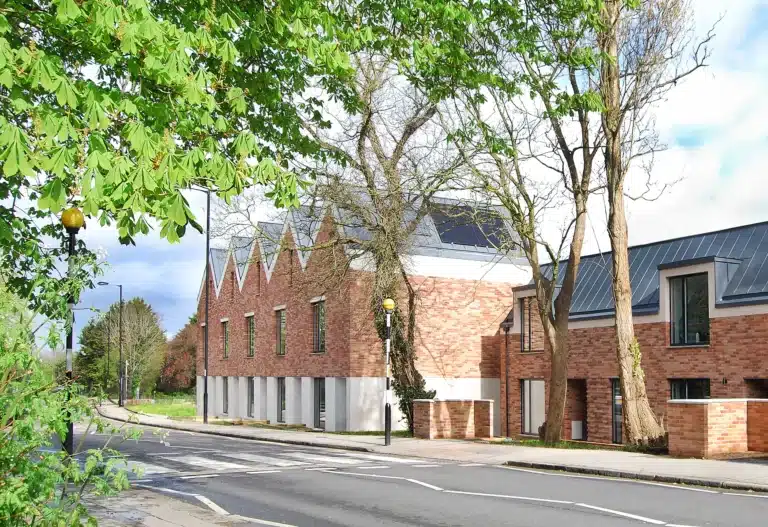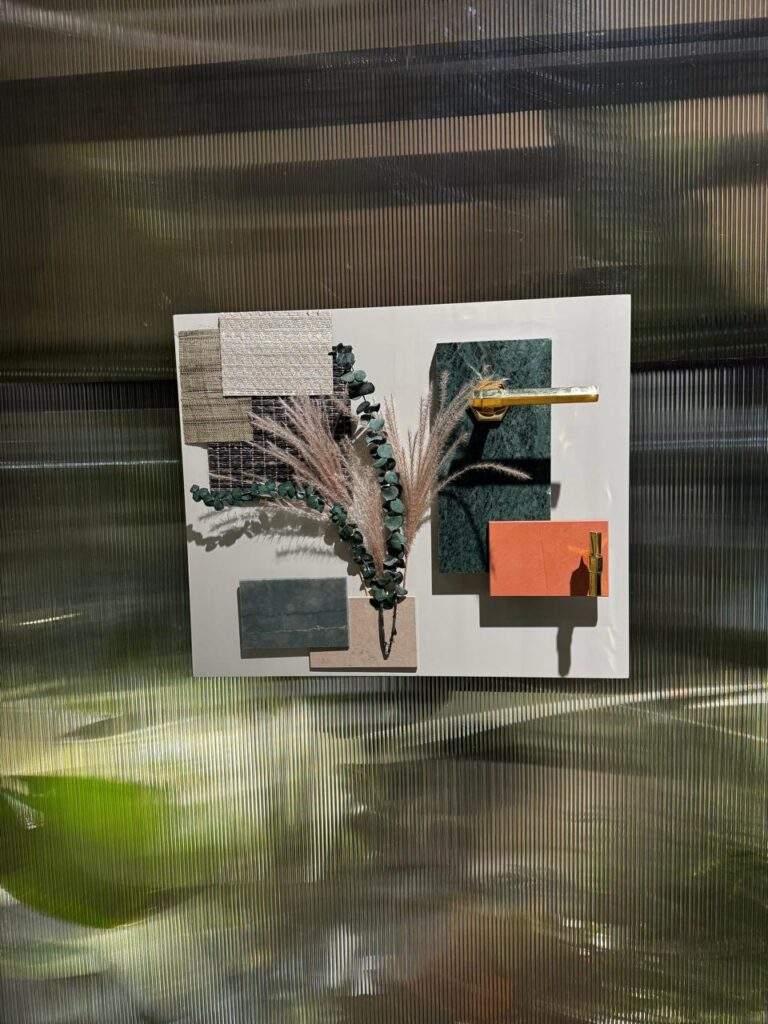Sustainable Design Starts with the Smallest Details The Nintendo Switch Box as an Example
Every time we open a new tech gadget, there’s that little moment of excitement with its packaging. But more often than not, once the product is out, the box ends up straight in the trash.
Packaging, quite simply, is a single-use item. And yet, most companies still rely on non-sustainable materials like plastic and virgin cardboard even though its life expectancy is just a few minutes after unboxing.
Recently, however, a different kind of packaging emerged one that reimagines what product boxes could look like in the future. It’s the redesigned Nintendo Switch box by designer Björn Van Egroo , and it might be the small change we’ve been waiting for.
A Concept Born from Experimentation
This idea didn’t start as a corporate project or a brand campaign. It began as a personal design exercise a simple 3D material experiment that evolved into something meaningful.
Instead of using traditional materials, Egroo chose natural, sustainable alternatives:
- Compressed coconut fiber
- Recycled paper
- Sugarcane pulp (also known as bagasse)
These aren’t just eco-friendly they’re also surprisingly functional. They can absorb shocks, are lightweight, and can be molded into various shapes making them a real alternative to plastic.

Can This Work for Tech Products?
Short answer: Yes, but…
Yes, because the materials themselves work well and serve their purpose.
But no, because the current supply chain and production systems aren’t built to quickly adopt such experimental changes.
| Challenge | Why It Matters |
|---|---|
| Production line compatibility | Factories are set up for plastics and standard cardboard, not experimental materials |
| Moisture resistance | Some natural fibers may absorb water, but this can be fixed with minor redesigns |
| Global consistency | Ensuring the same quality across countries isn’t always straightforward |
Still, this isn’t science fiction. Similar materials are already being used for example, molded pulp trays for eggs. If those can protect fragile eggs during shipping, why not use them for gadgets?

Why Should Architects Care About This Packaging Idea?
At first glance, you might wonder what does a Nintendo Switch box have to do with architecture?
The truth is, sustainability isn’t limited to one field. It’s a mindset that crosses disciplines.
1. Using Local, Natural Materials
Modern architecture is increasingly turning to local, natural materials for construction whether in walls, flooring, or interior finishes. This packaging concept shows how agricultural waste can be repurposed creatively, which opens up possibilities for sustainable building materials too.
2. Thinking Beyond the First Use
One of the core principles of green design is the cradle to cradle philosophy where every material should have a second life after its initial use. This packaging follows that principle, and architects can apply the same thinking when choosing materials for buildings.
3. Breaking Down Silos Between Fields
Designing sustainably means collaboration between designers, engineers, and creators. Architects today aren’t just building structures; they’re part of a larger movement toward a greener future that touches everything from city planning to product packaging.

How Can This Idea Apply to Architecture?
| Area | Practical Application |
|---|---|
| Exterior Facades | Panels made from compressed natural fibers instead of gypsum or wood |
| Interior Elements | Handles, frames, or decorative elements made from sustainable pulps |
| Temporary Storage During Construction | Replace plastic crates with biodegradable packaging for tools and materials |
| Education & Awareness | Introduce these materials in architectural schools as part of sustainability lessons |
One Number That Changes Everything
Just imagine:
| Source | Amount Wasted Annually |
|---|---|
| Coconut husks | 9 billion per year |
| Sugarcane bagasse | 700 million tons per year |
| Global paper waste | Millions of tons annually |
All of this waste could be redirected not only in electronics packaging but also in architecture, furniture, and exhibition design.
Final Thought: Green Design Doesn’t Respect Boundaries
What started as a packaging idea for a video game console turned into inspiration for other fields. Sustainability isn’t tied to one industry it’s a way of thinking that applies to all.
If molded pulp packaging is good enough to ship eggs, it’s good enough to ship a Bluetooth speaker or smartphone.
And taking that thought further into architecture:
If these materials are good enough to pack our products, they’re good enough to build our projects.

Is Real Change Coming Soon?
The real question isn’t whether this shift is possible it’s:
Are we ready to start now?
Opportunities exist. Materials are available. Ideas are flowing from designers and innovators around the world. All we need is one step forward toward change.
✦ ArchUp Editorial Insight
This article explores a sustainable packaging concept for the Nintendo Switch, designed by Björn Van Egroo, which reimagines product boxes using natural materials like coconut fiber and sugarcane pulp. The visuals emphasize texture and material authenticity, creating an organic aesthetic that contrasts with conventional tech packaging. While the idea is environmentally conscious, it lacks deeper discussion on scalability and industrial feasibility. Still, its emphasis on waste repurposing offers valuable inspiration for cross-disciplinary design thinking in architecture and product development.
ArchUp: A Live Chronicle of the Arab and Global Architectural Scene
Since its launch, ArchUp has aimed to build an open knowledge archive covering everything related to architecture, design, and urbanism in the Arab world and beyond. We strive to provide neutral, encyclopedic content written in a professional tone, aimed at every architect, researcher, student, or decision-maker.
The content is managed by a dedicated editorial team that ensures daily review and updates of news, articles, and design data. We invite you to reach out via our Contact Us page to contribute, suggest, or collaborate in expanding the architectural knowledge network we are building together.







